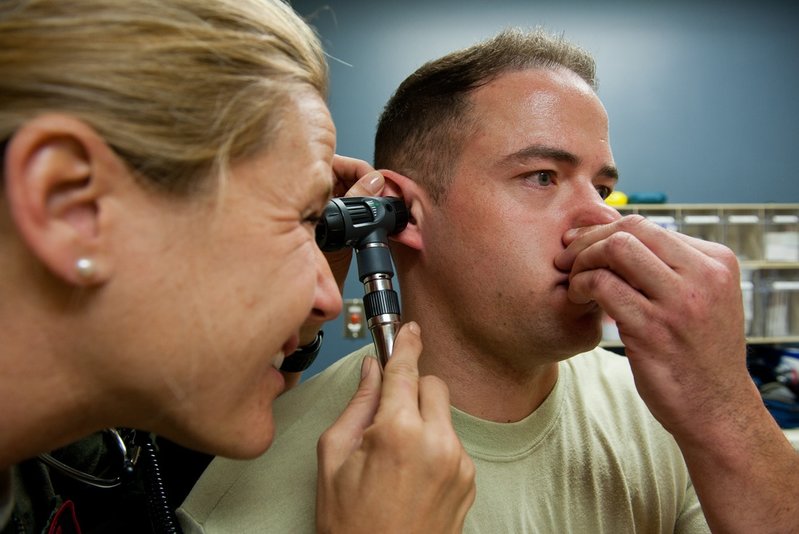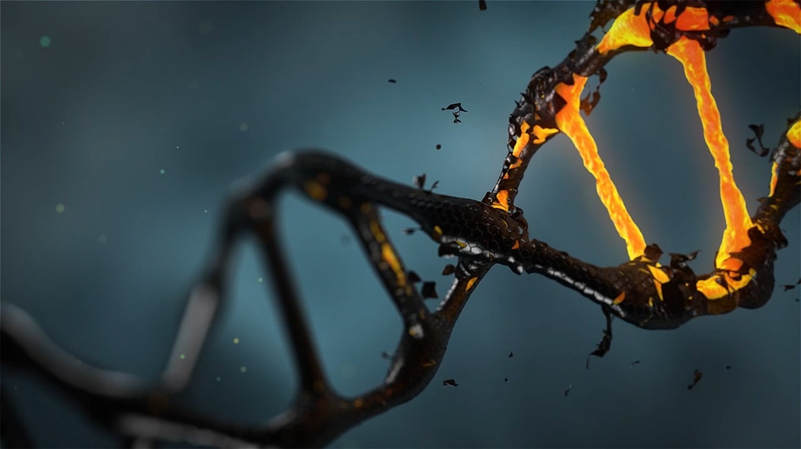A New Path for Chemotherapy Innovation for Advanced Breast Cancer
About one in eight women will develop invasive breast cancer over the course of her lifetime. Breast cancer is one of the most common forms of cancer and continues to affect thousands of people around the world every day. With a 90% 5-year and 83% 10-year survival rate, breast cancer is one of a few forms of cancer that patients face low death rates. However, even as survival rates continue to improve over the years, many affected still face one of the most common inhibitors toward survival: resistance to treatment. Chemotherapy, which uses toxic cell drugs directly attacking the immune system to treat the disease, struggles to stay an effective treatment for a majority of cancer patients as more people are slowly becoming chemotherapy resistant. If chemotherapy doesn’t undergo innovation within the next few decades, the overall survival rate of breast cancer may start to decline.
The issue with chemotherapy innovation is being able to identify where chemotherapy response takes place and what differs between the response behavior of different sub-groups of breast cancer. Scientists are looking toward the use of studying immune gene expression (IGE): genetic coding for the human body and its systems in relation toward immunity. The understanding of IGE is a new field of study in both genetics and oncology, with the potential to revolutionize cancer treatment in the future.
This research took place in personalized chemotherapy treatments and tested for the activity of two drugs combined and analyzed sample tissue for treatment response. Furthermore, lymphocytes (a type of white blood cell) and cancer cells were counted at places where sample tissue was taken from. Data taken from these two parts of the trails were compared with breast cancer subgroups: Luminal A, Luminal B, HER2 (human epidermal growth factor receptor 2) + and - expression, basal-like, ER (estrogen-receptor) + and -, and normal-like.
The issue with chemotherapy innovation is being able to identify where chemotherapy response takes place and what differs between the response behavior of different sub-groups of breast cancer. Scientists are looking toward the use of studying immune gene expression (IGE): genetic coding for the human body and its systems in relation toward immunity. The understanding of IGE is a new field of study in both genetics and oncology, with the potential to revolutionize cancer treatment in the future.
This research took place in personalized chemotherapy treatments and tested for the activity of two drugs combined and analyzed sample tissue for treatment response. Furthermore, lymphocytes (a type of white blood cell) and cancer cells were counted at places where sample tissue was taken from. Data taken from these two parts of the trails were compared with breast cancer subgroups: Luminal A, Luminal B, HER2 (human epidermal growth factor receptor 2) + and - expression, basal-like, ER (estrogen-receptor) + and -, and normal-like.
Through the trials, researchers found that around 56% of the total patients responded to the personalized chemotherapy. However, those who were ER + (estrogen-receptor positive) and had luminal breast cancer had a higher association with gene expression response and lymphocytes. This association with lymphocytes showed patient’s bodies were producing a positive response against breast cancer, fighting against cancerous cells. Furthermore, those associated with luminal breast cancer, ER - (estrogen-receptor negative), and other subgroups had a higher association with tumor decrease.
The understanding of how immune gene expression correlates with a variety of chemotherapy patient responses can help scientists better understand where innovation in chemotherapy can occur. Furthermore, the analysis of immune gene expression revealed which subgroups of breast cancer have higher response rates to chemotherapy, leaving room for personalized chemotherapy to become a main form of treatment for those responsive sub-groups. The sub-groups that failed to produce high response rates can now be further studied to determine what other connections can be made to chemotherapy response rates. In addition, by understanding what treatment combinations have a positive association with lymphocytes, treatment can be further innovated to improve survival rates.
The understanding of how immune gene expression correlates with a variety of chemotherapy patient responses can help scientists better understand where innovation in chemotherapy can occur. Furthermore, the analysis of immune gene expression revealed which subgroups of breast cancer have higher response rates to chemotherapy, leaving room for personalized chemotherapy to become a main form of treatment for those responsive sub-groups. The sub-groups that failed to produce high response rates can now be further studied to determine what other connections can be made to chemotherapy response rates. In addition, by understanding what treatment combinations have a positive association with lymphocytes, treatment can be further innovated to improve survival rates.
Featured Image Source: jill111
RELATED ARTICLES
|
Vertical Divider
|
Vertical Divider
|
Vertical Divider
|






